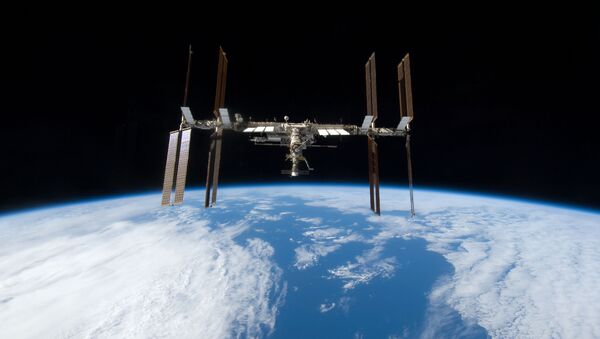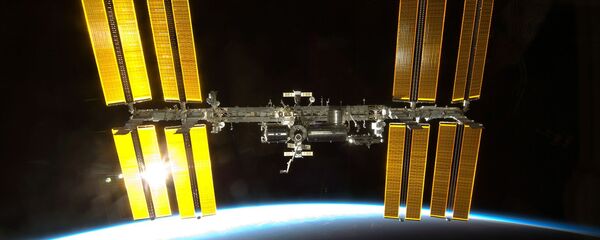That said, even top space energy representatives taking part in this year’s international conference on space exploration (GLEX-2017) found it hard to say whether the ISS will be able to live past 2024.
China says that the space station it is going to build before 2022 will be available to all countries to work on, but the countries participating in the ISS project hope they will be able to extend the life of the orbital outpost, albeit for a limited period of time.
The ISS program involves 14 countries – the United States, Russia, Japan, Canada, Italy, Belgium, the Netherlands, Denmark, Norway, France, Spain, Germany, Sweden and Switzerland. Other participants have also included the United Kingdom and Brazil, although they later left the program.
ISS mission control is exercised from two mission control centers: Mission Control Center at Korolyov in the Moscow Region; and NASA's Mission Control Center at the Lyndon B. Johnson Space Center in Houston, Texas.
Over 200 people from 15 countries have since worked aboard the space outpost. In 2016, Roscosmos and NASA agreed to extend the station’s service life until 2024.
Transformation is the way to go
The head of the Italian space agency, Roberto Battiston, sees the successful joint construction of the International Space Station as an example of fruitful cooperation by states that should not be underestimated.
Battiston said that transforming the ISS as a whole or in part into a simulator of the life on Mars could be one way of giving it a new lease on life.
He argued that this would extend the station’s service in orbit while, simultaneously creating almost ideal conditions for training cosmonauts for future missions to Mars.
Cost-cutting
Japan too believes that the ISS should be allowed to continue as a platform for low-orbit scientific experiments, but insists that its operational costs must be slashed.
“There are many options on the table about what is going to happen after 2024. We could take the ISS off the orbit, but we could also let it fly on, but its running costs must go down, JAXA representative Naoki Sato told Sputnik.
He added that the international community needs to go ahead with low-orbit experiments, though not necessarily by using the ISS.
“This could be a modified ISS, a different station of something like that,” Mr. Sato said.
Privatization
Then Roscosmos’ executive director Sergei Krikalev suggested adding private firms to the list of state-owned companies which currently operate the International State Station.
“I believe that the ISS will fly on because it is so expensive and well-built. I think that the end of the day we should see the role of state organizations being diminished and more private companies joining in,” Krikalev noted.
Looking for new options
The European Space Agency’s Director General Johann-Dietrich Woerner spoke in favor of a new project for low-orbit space research.
NASA’s senior advisor for research and space operations Kathleen Laurini said that the ISS was able to stay in orbit for another 10 years.
She added that the exploration of the Earth’s low orbit was a fledgling area of 3conomic development that before scrapping the ISS people need to have commercial research platforms in place there.
“We will keep the ISS in orbit before we find genuinely efficient means of a smooth transition for all low-orbit users,” Laurini emphasized.
The ISS program focuses on fundamental medical-biological research, the manufacture of hi-tech materials and biological substances, studies on the human body on long-duration space missions, fundamental microgravity research, astrophysical research, studying the Earth's atmosphere, and building large space structures for various research projects and interplanetary missions.




